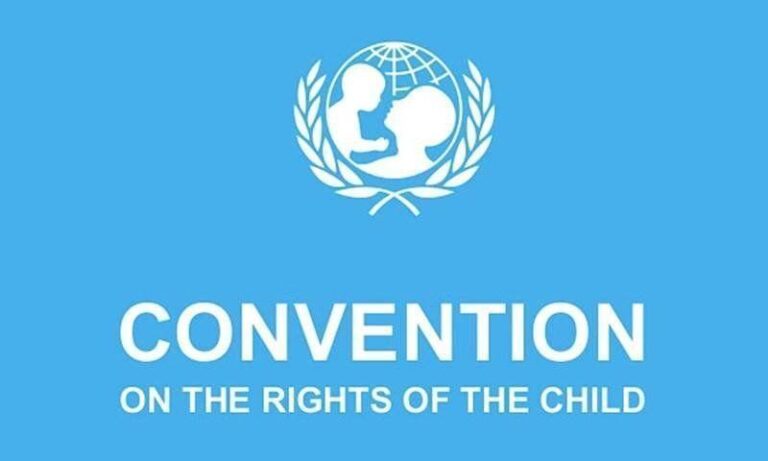The Convention on the Rights of the Child: An Overview
The Convention on the Rights of the Child (CRC) is a landmark agreement that outlines the civil, political, economic, social, and cultural rights of children. Adopted by the United Nations General Assembly in 1989, it represents a universal commitment to protect and empower children worldwide.
Key Principles of the CRC
There are four core principles that underpin the Convention: non-discrimination, the best interests of the child, the right to life, survival and development, and the respect for the views of the child. These principles serve as the foundation for all actions and policies that affect children.
Implementation and Monitoring
States that ratify the CRC commit to acting in the best interests of children and are obliged to submit regular reports to the Committee on the Rights of the Child. This monitoring mechanism ensures accountability and highlights areas for improvement and support.
The Global Impact of the CRC
The CRC has significantly influenced national legislation and policies aimed at safeguarding children’s rights globally. As countries align their laws with the CRC, children benefit from improved protection and access to essential services.
Challenges and Future Directions
Despite the progress made, challenges remain in the implementation of the CRC, particularly in regions affected by conflict, poverty, and discrimination. Continued advocacy and engagement are crucial to ensure that all children can enjoy their rights fully.
Further Resources
For more detailed information on the Convention and its innovative frameworks, visit this resource. Awareness and education about children’s rights help pave the way for a future where every child can thrive. Learn more here.

